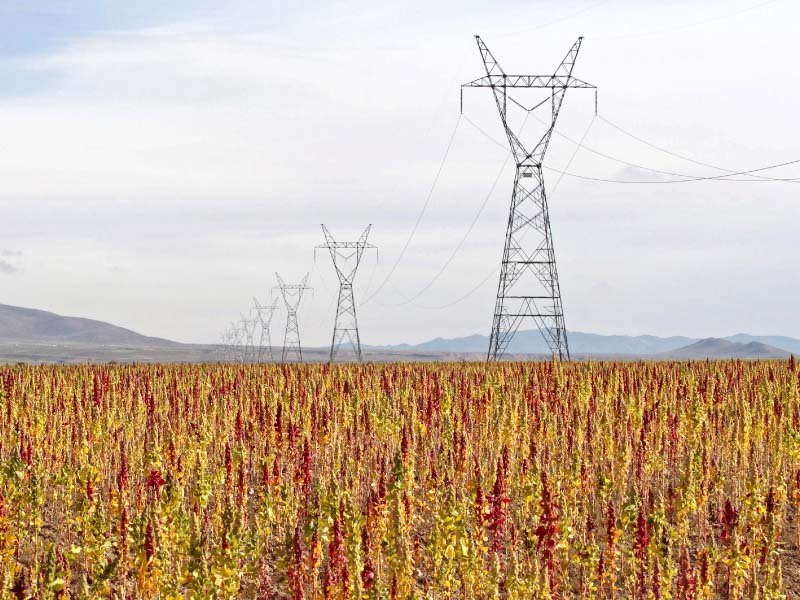
The situation is particularly worse in Balochistan where private-sector defaulters have to pay Rs187 billion to the distribution companies. However, the power companies are providing electricity to the big defaulters who are not paying their bills persistently, which is a major cause of circular debt.
Owing to inefficiency and electricity theft in the network of distribution companies, the overall circular debt has again swelled to Rs400 billion. The PML-N government, after coming to power in June 2013, had cleared the Rs480-billion circular debt and claimed that it had started running the energy sector smoothly. However, the debt level has again risen past Rs400 billion.
End of load-shedding: No politics on power crisis from next year: Muqam
Of the circular debt, independent power producers (IPPs) are to receive Rs123 billion for electricity supply, Pakistan State Oil Rs150 billion for fuel supplies, Water and Power Development Authority (Wapda) Rs30 billion and the remaining are to be paid to gas utilities and nuclear power plants.
Power distribution companies had anticipated an electricity shortfall of 5,000 megawatts in the peak demand period during the hot days of May, but actual electricity demand-and-supply gap touched 7,000MW, which proved difficult to manage.
A senior government official told The Express Tribune that planning was being done keeping in view the baseline demand and the time frame for completion of new power projects whereas plant outages due to technical faults were being ignored.
Owing to the excessive power shortfall, the official said, the prime minister also refused to accept the demand-and-supply figures and wanted third-party verification of the data.
According to the official, the distribution companies were also misleading about the load-shedding schedules. The Punjab government had raised the issue of load-shedding duration, which was higher than the set schedule.
KE looks to pacify Karachi chamber
According to the electricity supply management plan, four hours and six hours of load-shedding was being carried out every day in urban and rural areas respectively except for areas covered by high-loss feeders where the outages were up to 16 hours.
However, the Punjab government, while rejecting the load management plan, said in Lahore, electricity supply was being cut for nine hours a day and in rural areas the situation was even worse.
According to reports received by the federal government, power outages were being carried out for 8 to 10 hours in urban areas. In rural areas, the figures were more worrying.
The Punjab government argued that load-shedding reports prepared and sent by power distribution companies to the Ministry of Water and Power were misleading. The Prime Minister’s Office had also endorsed the view of the Punjab government.
The figures shared with the premier by the former water and power secretary, Younus Dagha, were in complete contrast with those presented in August and November 2016 when the secretary committed that the demand-supply gap would be eliminated by the summer of 2018 and the country would then have surplus electricity.
Published in The Express Tribune, June 11th, 2017.
Like Business on Facebook, follow @TribuneBiz on Twitter to stay informed and join in the conversation.























COMMENTS (8)
Comments are moderated and generally will be posted if they are on-topic and not abusive.
For more information, please see our Comments FAQ